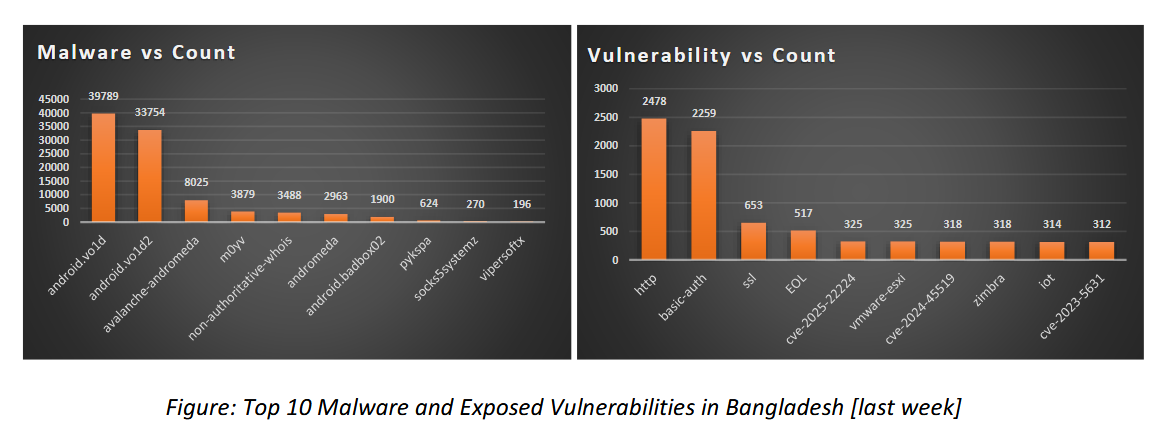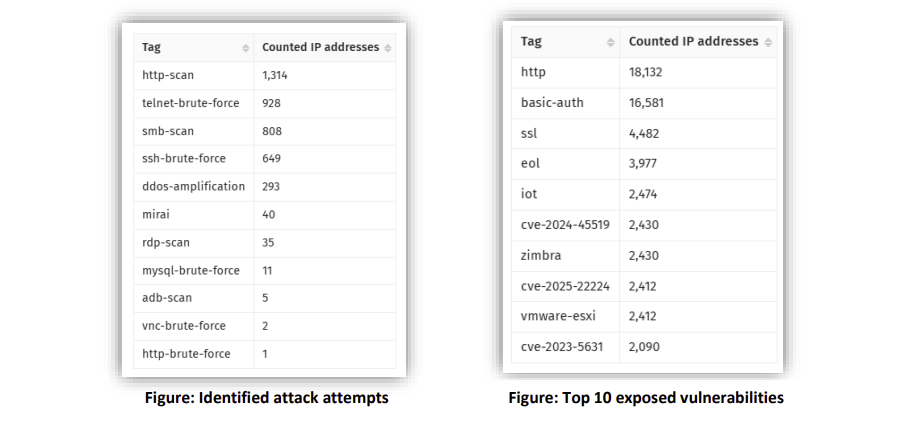Alert (AA20-227A): Phishing Emails Used to Deploy KONNI Malware
by CIRT Team
DESCRIPTION
The Cybersecurity and Infrastructure Security Agency (CISA) has observed cyber actors using emails containing a Microsoft Word document with a malicious Visual Basic Application (VBA) macro code to deploy KONNI malware. KONNI is a remote administration tool (RAT) used by malicious cyber actors to steal files, capture keystrokes, take screenshots, and execute arbitrary code on infected hosts.
RECOMMENDATIONS
CISA recommends that users and administrators consider using the following best practices to strengthen the security posture of their organization’s systems. Any configuration changes should be reviewed by system owners and administrators prior to implementation to avoid unwanted impacts.
- Maintain up-to-date antivirus signatures and engines. See Protecting Against Malicious Code.
- Keep operating system patches up to date. See Understanding Patches and Software Updates.
- Disable file and printer sharing services. If these services are required, use strong passwords or Active Directory authentication.
- Restrict users’ ability (permissions) to install and run unwanted software applications. Do not add users to the local administrators’ group unless required.
- Enforce a strong password policy. See Choosing and Protecting Passwords.
- Exercise caution when opening email attachments, even if the attachment is expected and the sender appears to be known. See Using Caution with Email Attachments.
- Enable a personal firewall on agency workstations, configured to deny unsolicited connection requests.
- Disable unnecessary services on agency workstations and servers.
- Scan for and remove suspicious email attachments; ensure the scanned attachment is its “true file type” (i.e., the extension matches the file header).
- Monitor users’ web browsing habits; restrict access to sites with unfavorable content.
- Exercise caution when using removable media (e.g., USB thumb drives, external drives, CDs).
- Scan all software downloaded from the internet prior to executing.
- Maintain situational awareness of the latest threats and implement appropriate access control lists.
- Visit the MITRE ATT&CK Techniques pages (linked in table 1 above) for additional mitigation and detection strategies.
REFERENCE
https://us-cert.cisa.gov/ncas/alerts/aa20-227a











